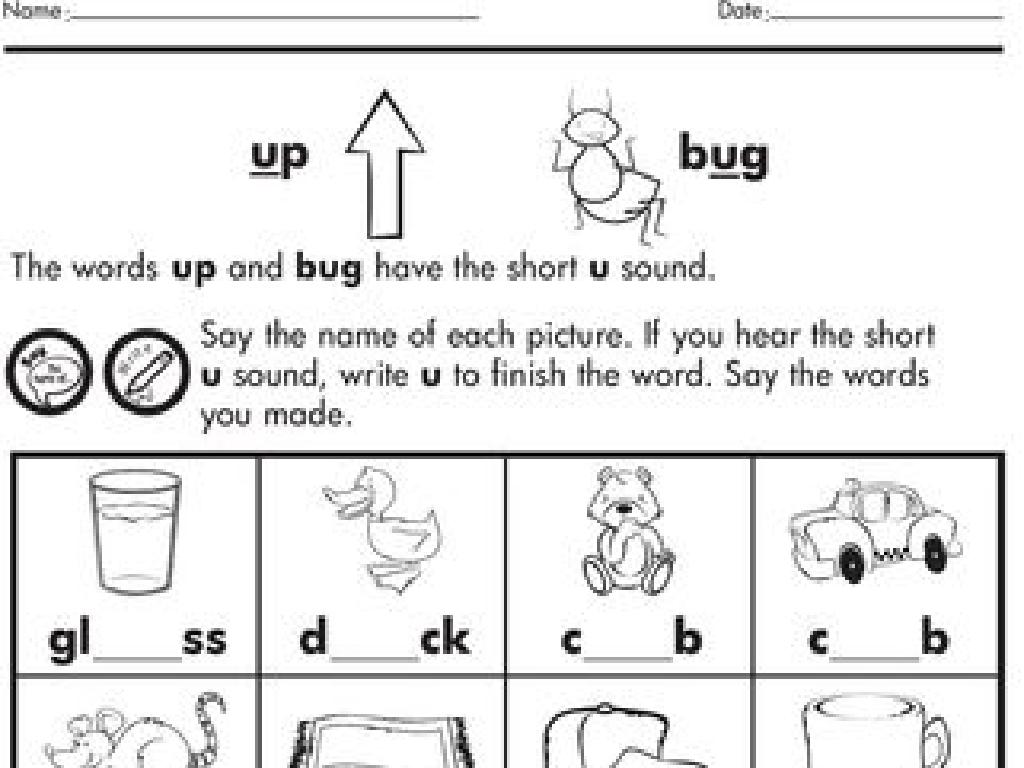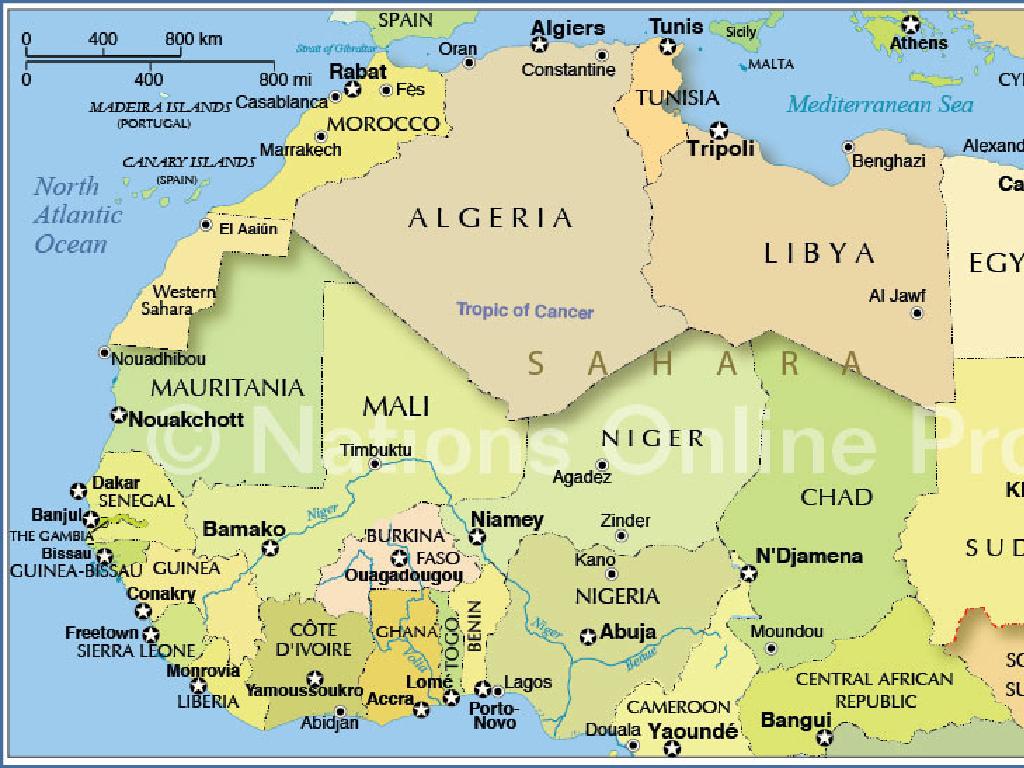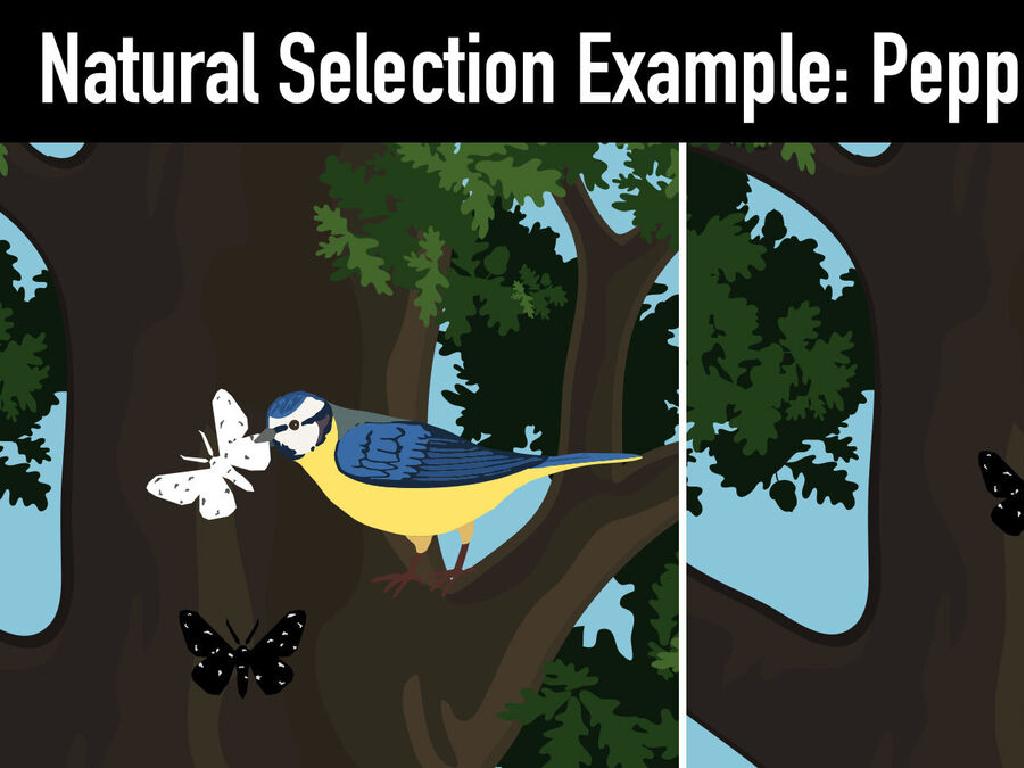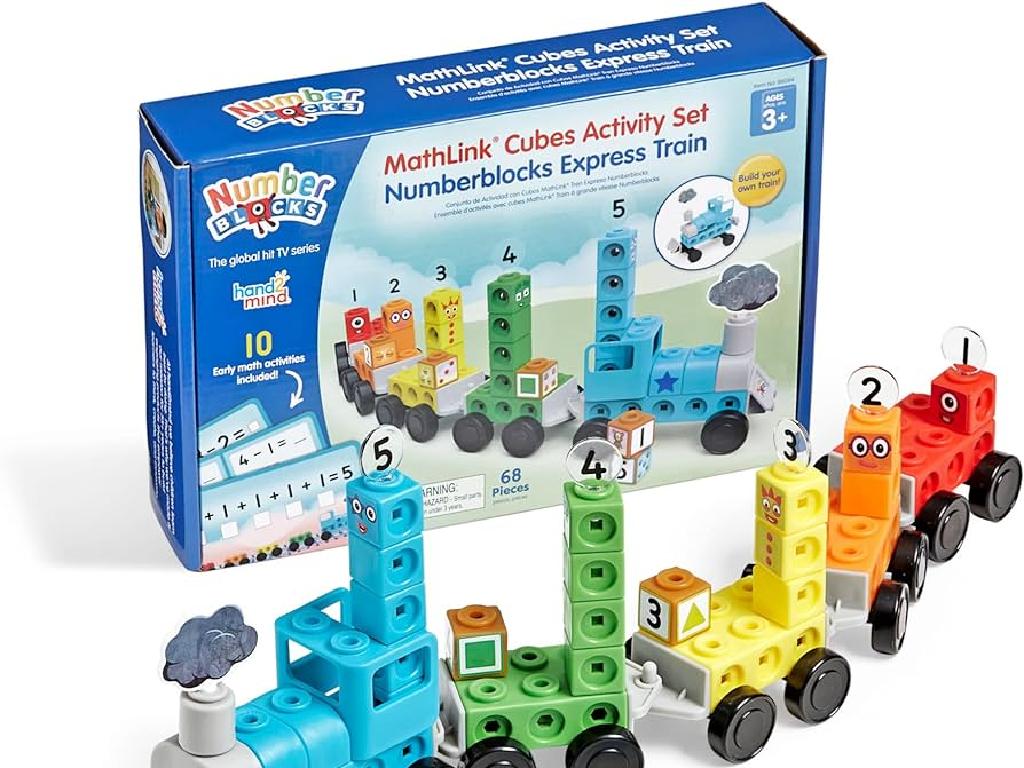Understand Conservation Of Matter Using Graphs
Subject: Science
Grade: Fifth grade
Topic: Matter And Mass
Please LOG IN to download the presentation. Access is available to registered users only.
View More Content
Conservation of Matter in Science
– Matter: Never created or destroyed
– Everything is made of matter, which doesn’t just appear or vanish
– Conservation of Matter explained
– Matter changes form but the total amount remains constant
– Visualizing with graphs
– Graphs show matter’s conservation even when it changes states or forms
– Today’s learning objectives
|
Begin the lesson by explaining the concept of matter, emphasizing that it is never created or destroyed, only transformed. Introduce the Law of Conservation of Matter, which states that matter can change forms, such as from a solid to a liquid, but the total amount of matter remains the same. Use graphs to illustrate how the mass of matter remains constant through physical and chemical changes, making the concept visual and more understandable. Outline the objectives for today’s lesson, which include understanding the conservation of matter, learning to read and interpret graphs, and recognizing matter’s transformations in different scenarios.
Exploring Matter and Its Conservation
– Matter makes up our world
– Everything we touch and see is matter
– Matter: Mass and volume
– If it has weight and fills space, it’s matter
– States of matter: Solid, liquid, gas
– Matter can be ice (solid), water (liquid), or steam (gas)
– Conservation of matter principle
|
This slide introduces the concept of matter as the substance that makes up everything in the universe. It’s important for students to understand that matter is defined by two properties: mass and volume. Discuss common states of matter, providing everyday examples such as ice, water, and steam to illustrate solid, liquid, and gas. Emphasize that despite changes in state, the amount of matter remains the same, which is the principle of conservation of matter. Use graphs to show that even when matter changes form, the total mass remains constant. This foundational knowledge sets the stage for further exploration of physical and chemical changes in matter.
Exploring Mass and Matter
– Mass: measure of matter
– Mass tells us how much ‘stuff’ is in an object.
– Units: grams and kilograms
– We use grams for small objects, kilograms for larger ones.
– Mass vs. Weight
– Mass is how much matter you have; weight is the force of gravity on it.
– Conservation of mass
|
This slide introduces the concept of mass as a measure of the amount of matter in an object, which is a fundamental concept in science. It’s important to differentiate between mass and weight, as mass remains constant regardless of location, while weight can change due to gravity. Emphasize that mass is measured in grams or kilograms, with grams being suitable for small objects and kilograms for larger ones. Introduce the law of conservation of mass, which states that mass is neither created nor destroyed in a chemical reaction. This can be demonstrated with graphs showing mass before and after a reaction, helping students visualize that the total mass remains the same.
Conservation of Matter: Unchanging Mass
– Matter: Neither created nor destroyed
– Matter changes form, mass constant
– Mass conservation in real life
– Ice melting to water: mass stays the same
– Understanding through graphs
– Graphs show mass before and after change
|
This slide introduces the concept of the conservation of matter, emphasizing that matter is not created or destroyed, only transformed. Highlight that despite changes in the form of matter, the total mass remains unchanged. Use the example of melting ice to water to illustrate this point in a way that’s relatable to students. Explain how graphs can be used to visualize conservation by comparing the mass of substances before and after a change. Encourage students to think of other examples where matter changes form but the mass stays the same, such as a paper burning to ash or sugar dissolving in water. The goal is for students to understand that the total amount of matter remains constant, and graphs are a useful tool to represent this concept visually.
Graphs & Conservation of Matter
– Graphs visualize matter conservation
– See how matter amount stays constant even after changes
– Learn to read and interpret graphs
– Look at the X and Y axes, and what the points on the graph mean
– Identify data patterns on matter
– Find trends showing matter is not lost or gained
– Understanding mass in graphs
|
This slide introduces students to the concept of using graphs to understand the conservation of matter. It’s crucial to explain that in all physical and chemical changes, the total amount of matter remains the same, which is the law of conservation of matter. Teach students how to read the axes of a graph, understand what the plotted points represent, and how to interpret the information presented. Show them how to identify patterns that demonstrate the conservation of matter, such as the mass of substances before and after a reaction remaining constant. Use examples like melting ice or dissolving sugar in water to illustrate that even though matter may change form, its mass is conserved. Encourage students to ask questions and discuss their thoughts on how the graphs help to understand this concept.
Graphing Matter Conservation
– Record mass of melting ice
– Use a scale to measure ice as it melts every 5 minutes
– Observe mass changes over time
– Does the mass stay the same or change?
– Plot data on a graph
– Each point represents mass at different times
– Understand matter conservation
– Matter is not lost, just changes state
|
This activity is designed to help students understand the conservation of matter by observing and recording the mass of ice as it melts into water. Provide students with a scale to measure the mass of ice at set intervals, such as every 5 minutes. Have them record their observations. Then, guide them to plot these data points on a graph to visualize how the mass remains constant, reinforcing the concept that matter is conserved even as it changes state from solid to liquid. Discuss with the class why the mass does not change and what this tells us about the properties of matter.
Analyzing Graphs: Conservation of Matter
– Graphs show mass of water and ice
– Does the mass change when water freezes or melts?
– Discuss observations from graphs
– Share what you noticed about the mass
– Conclusions about matter conservation
– How does the graph support that matter is not lost?
– Experiment demonstrates conservation
– Our experiment proves matter stays the same
|
This slide aims to help students understand the law of conservation of matter by analyzing graphs from an experiment involving water and ice. Students should observe that the mass remains constant whether water is in liquid or solid form, demonstrating that matter is not created or destroyed, just transformed. Encourage students to discuss their observations and draw conclusions based on the graphed data. Reinforce the concept that the experiment visually proves the conservation of matter, a fundamental principle in science. This understanding is crucial for their grasp of physical changes and chemical reactions. The teacher should be prepared to guide the discussion, clarify misconceptions, and relate the experiment to real-world examples of matter conservation.
Conservation of Matter: Class Discussion
– Insights from graphing activity
– How did the graph help us see matter is not lost?
– Other examples of matter conservation
– Think of examples like water cycle or composting
– Significance of matter conservation
– Understanding this principle supports scientific literacy
– Engage in group discussion
|
Begin the discussion by reviewing the graphing activity and what it illustrated about the conservation of matter. Ask students to reflect on the activity and share their observations. Encourage them to think of other examples in nature or daily life where matter is conserved, such as the water cycle or the process of composting. Discuss why it’s important to understand this concept, emphasizing its relevance to environmental awareness and the foundation it provides for future scientific learning. Facilitate a group discussion to allow students to engage with the topic and learn from each other’s insights.
Wrapping Up: Conservation of Matter
– Recap of today’s key points
– We learned that matter is not created or destroyed, just changes form.
– Why matter conservation matters
– It’s a basic scientific principle that helps us understand chemical reactions and the physical world.
– Sneak peek at the next lesson
– Get ready to dive into the states of matter!
– Encouragement to explore more
|
As we conclude today’s lesson, it’s important to review the key points about the conservation of matter, emphasizing that in physical and chemical changes, the total amount of matter remains constant. Highlight why understanding this concept is crucial for scientific studies, as it underpins many principles in chemistry and physics. Give students a preview of the next lesson, which will explore the different states of matter, building on their understanding of how matter can change form while still conserving mass. Encourage students to observe examples of matter conservation in their daily lives and come prepared to discuss their observations.
Hands-On Experiment: Melting Ice
– Observe mass of melting ice
– Gather materials for the experiment
– You’ll need ice cubes, a scale, a container, and water
– Follow the melting procedure
– Weigh the ice, let it melt, then weigh the water
– Compare mass of ice and water
– See if the mass changes after ice melts
|
This class activity is designed to demonstrate the conservation of matter through a simple experiment with ice. Provide each student or group with the necessary materials. Guide them to carefully weigh the ice before melting and to record the mass. After the ice has melted, they should weigh the water and compare the results. Discuss with the class why the mass remains the same, reinforcing the concept that matter is conserved. Possible variations of the activity could include measuring the mass of ice at different intervals of melting, using different amounts of ice, or comparing the mass of ice and water in different states such as solid, liquid, and gas.






